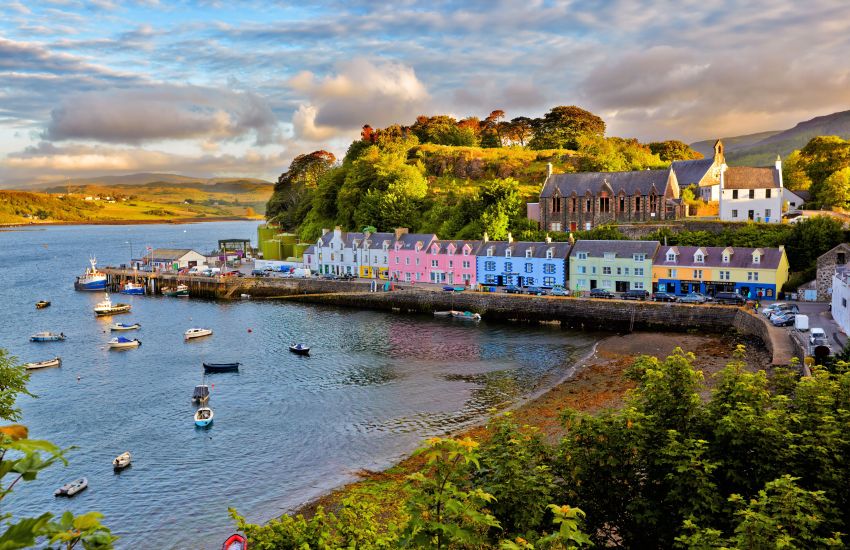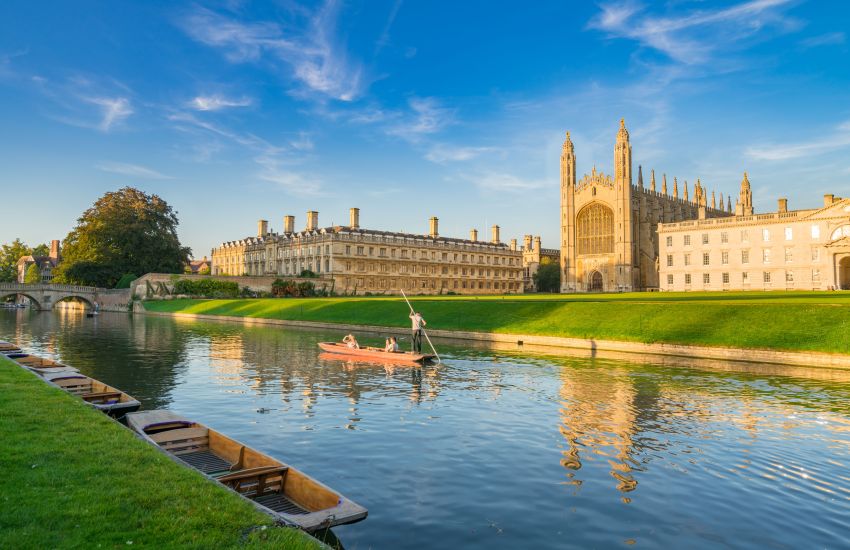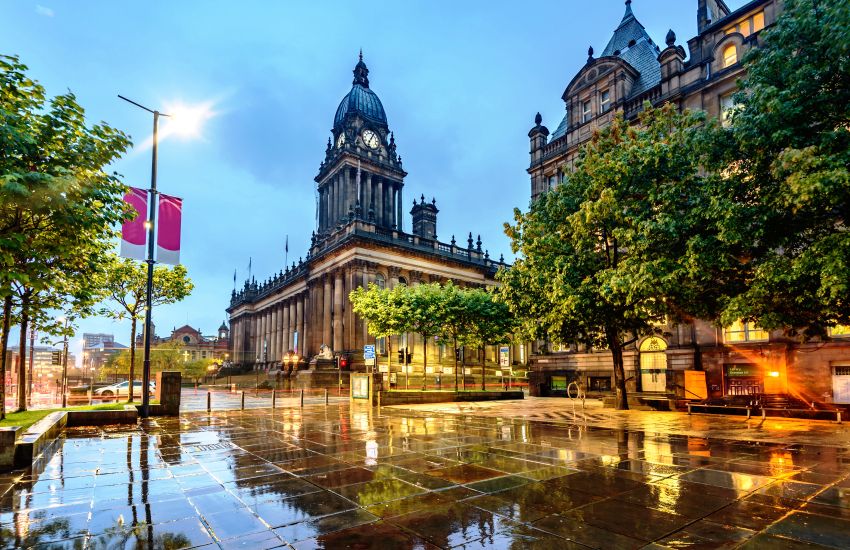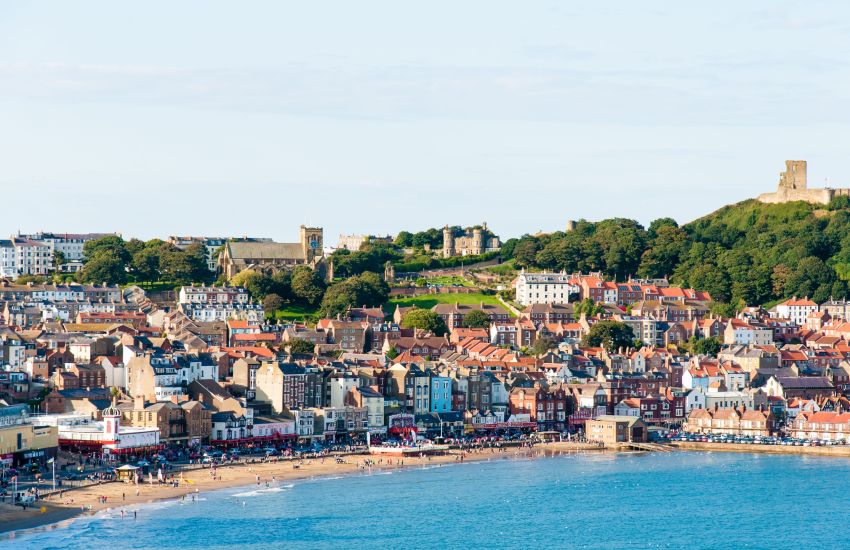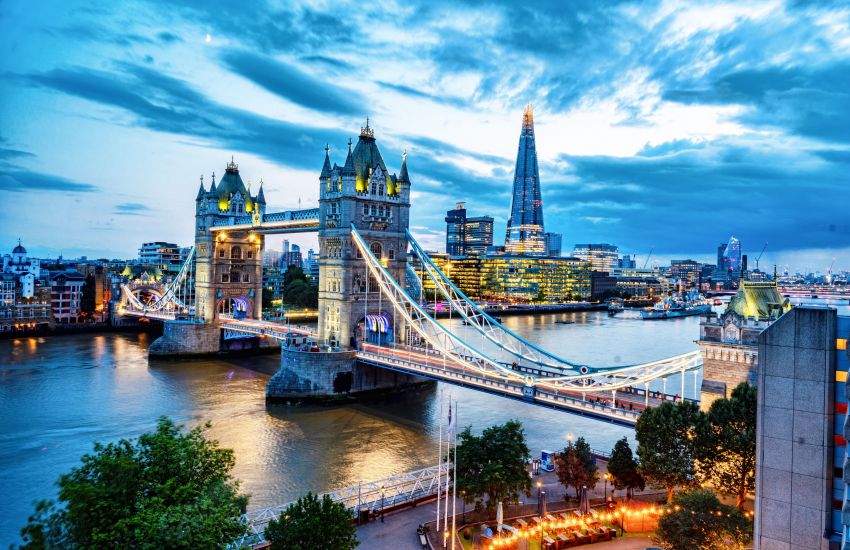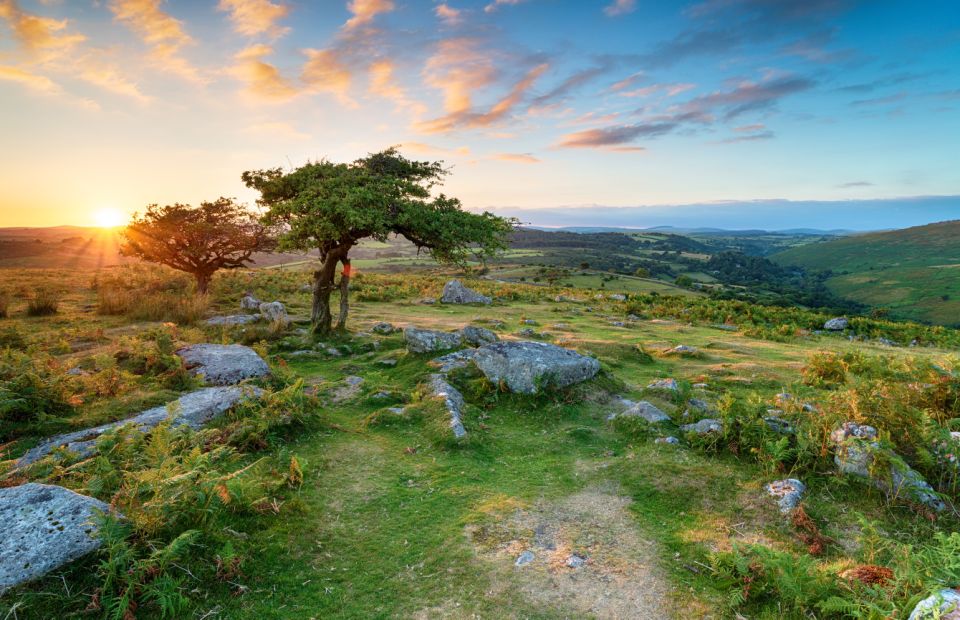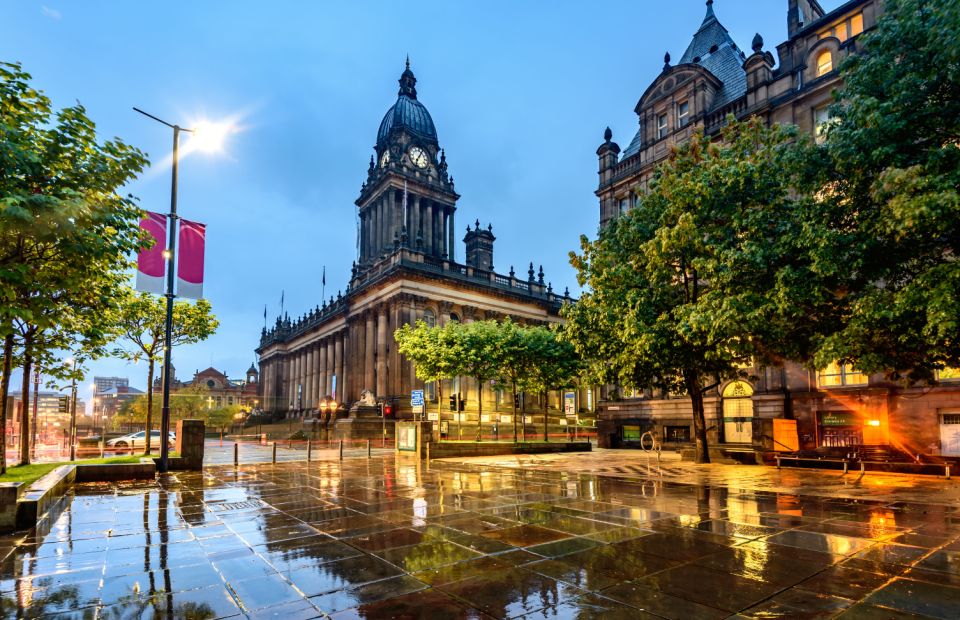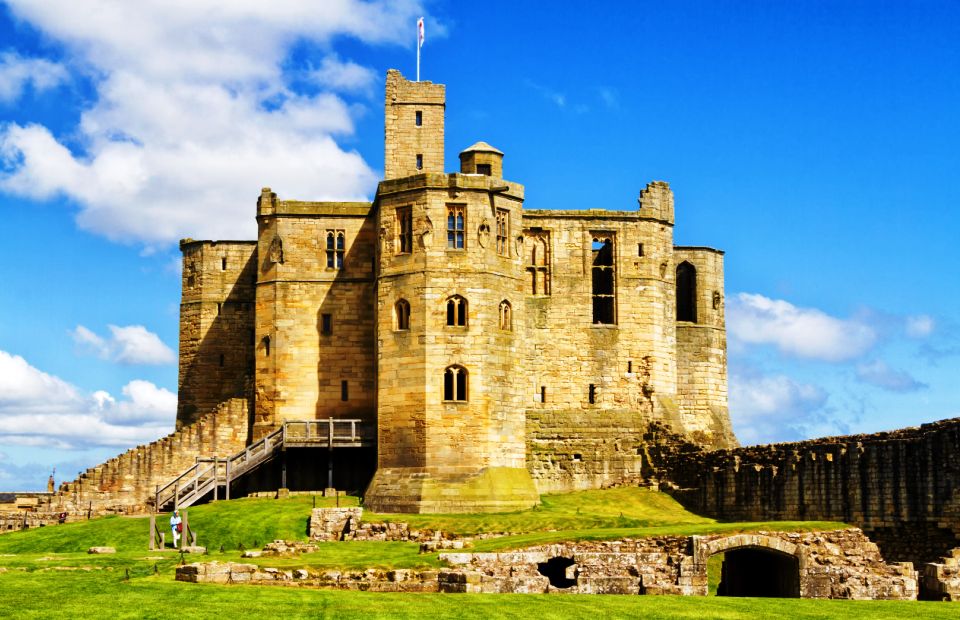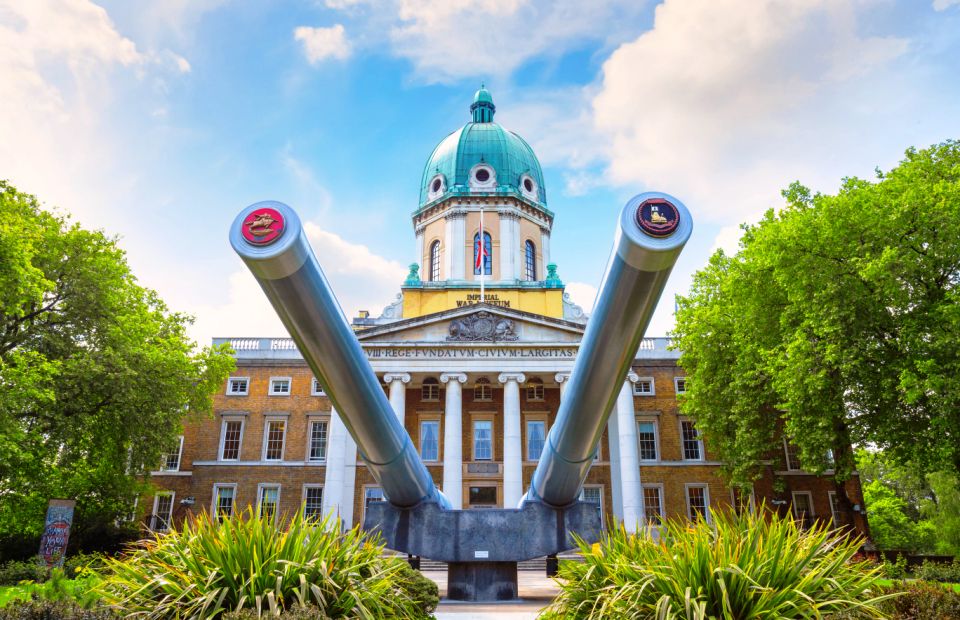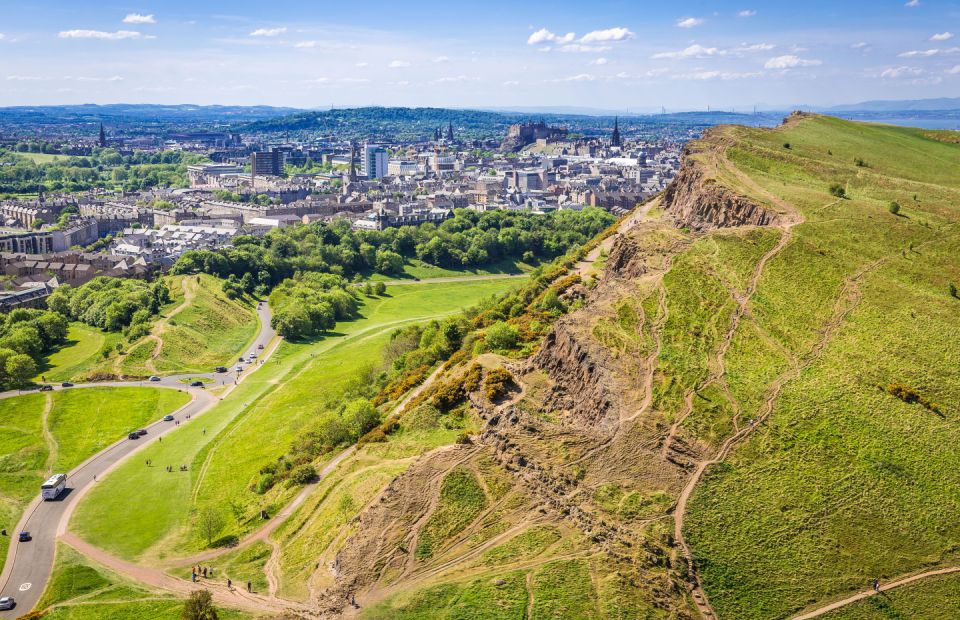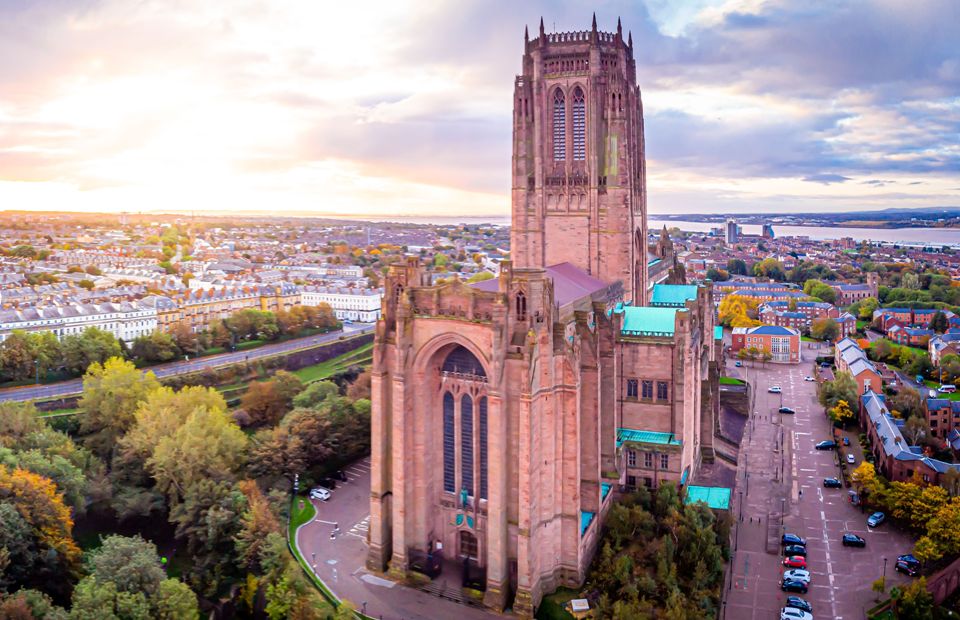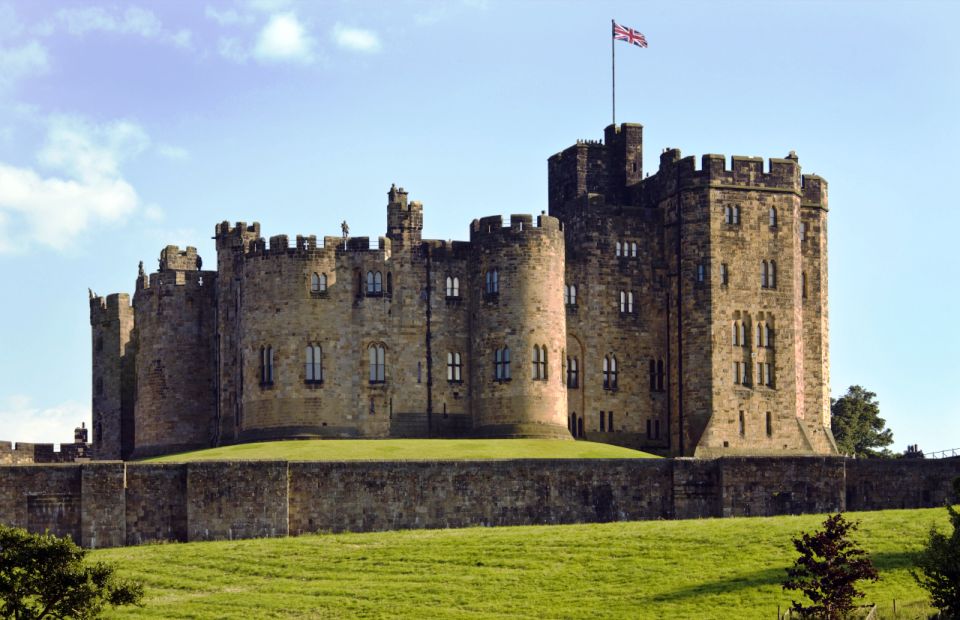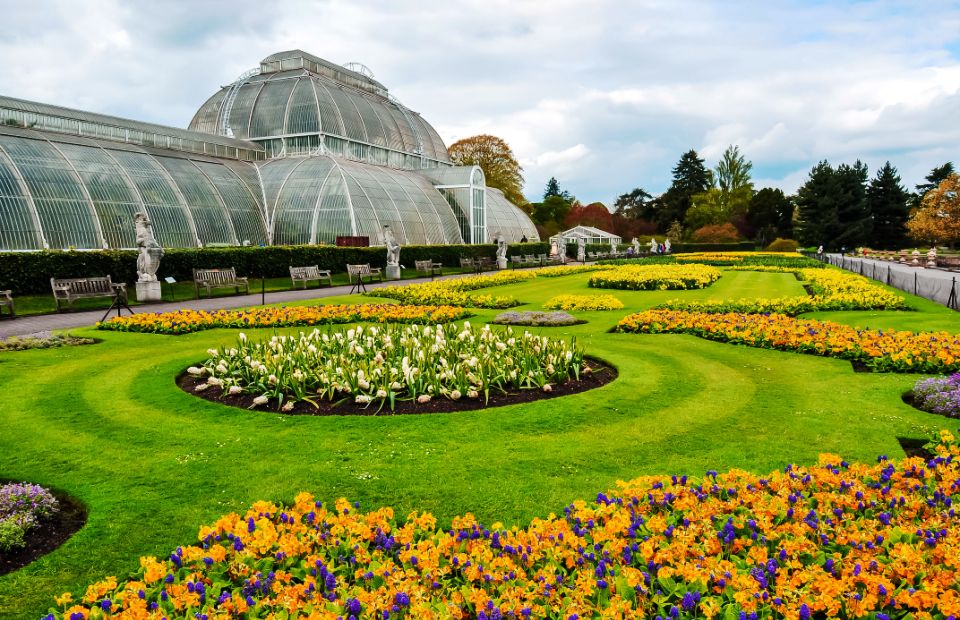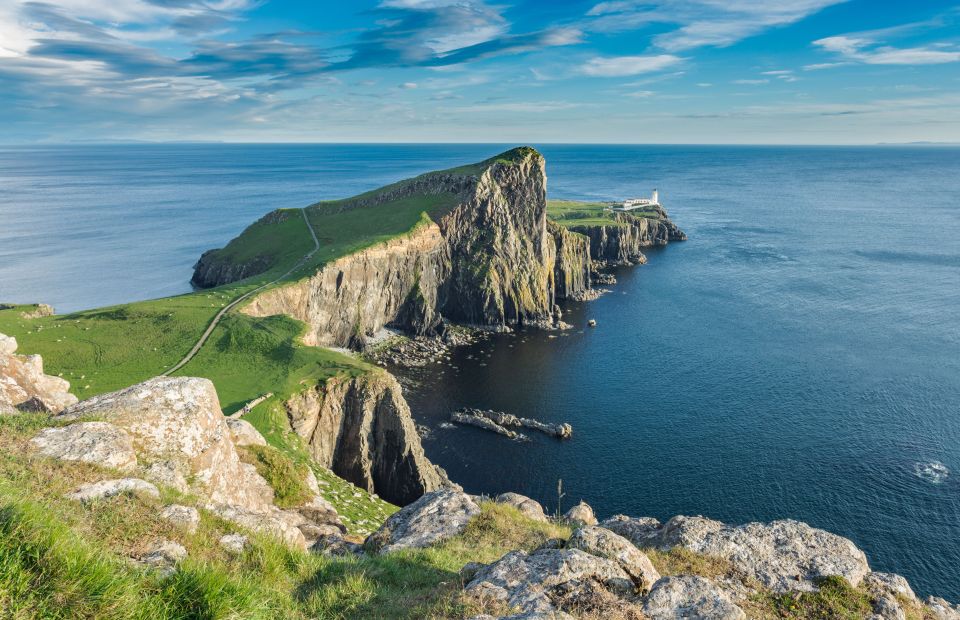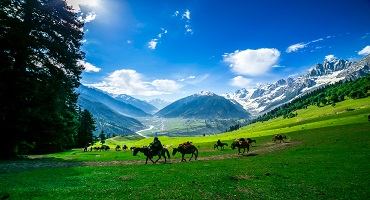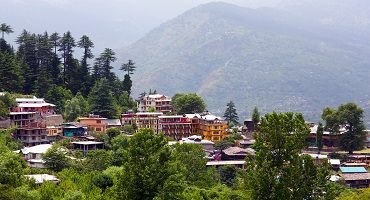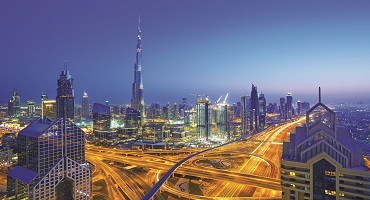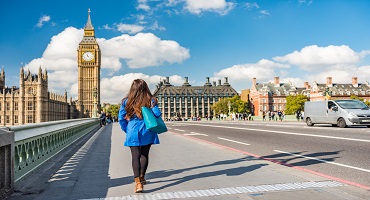One cannot possibly go to Great Britain and not visit any of its majestic castles. For centuries these structures have played an important role in the development of the nation, and today they are considered to be custodians of England’s long history.
These massive structures, with their imposing stone features and large aristocratic and royal estates, are a treat for the eyes. Some are located out on cliffs and overlooking the sea, while some sit atop mountains, guarding all that lies below it.
Here are 20 of the most beautiful castles that you must add to your itinerary when you visit Great Britain:
1. Windsor Castle – the closest castle to London
2. Norwich Castle – a castle, a palace and a prison
3. Richmond Castle, Yorkshire – the most beloved attraction
4. Bolton Castle, Yorkshire – the best castle to visit in England
5. Ludlow Castle, Shropshire – a fortress that became a royal palace
6. Bolsover Castle, Derbyshire – restored to its former glory
7. St Michaels Mount – a pilgrimage for believers
8. Leeds Castle, Kent – the most beautiful in England
9. Dover Castle, Kent – the most iconic fort in England
10. Tintagel, Cornwall – perfect for Arthurian enthusiasts
11. Skipton Castle, Yorkshire – built to last
12. Carisbrooke Castle, Isle of Wight – a charming castle
13. Hever Castle, Kent – a fine art collection
14. Alnwick Castle, Northumberland – a stand-in for Hogwarts School
15. Bamburgh Castle, Northumberland – one of the largest castles
16. Scarborough Castle, Yorkshire – 3,000 years of history
17. Corfe Castle, Dorset – imposing ruins
18. Warwick Castle, Warwickshire – jousting competitions
19. Lincoln Castle, Lincolnshire – a symbol of power
20. Barnard Castle, County Durham – home to ‘sensory garden’
1. Windsor Castle:
This is possibly the closest castle to London, sitting just 20 miles away. 900 years old, the Windsor Castle today is the oldest official royal estate, and it also holds the distinction of being the largest currently occupied castle in the world. Besides the main castle, the grounds also contain a large church, several residences and the royal palace.
2. Norwich Castle:
So much has transpired within the walls of this 900-year-old Norwich Castle. It was originally built by the Normans to serve as a royal palace, but later the castle was used as a prison. Times have changed, and the only residents of the castle are exquisite pieces of fine art and antiques, as well as the collections of the Royal Norfolk Regimental Museum.
3. Richmond Castle, Yorkshire:
An inspiring fortress, a majestic bastion and a stunning location – visitors to Yorkshire will not go back disappointed. One of the most beloved attractions in North Yorkshire, the castle will take your breath away and leave you asking for more.
4. Bolton Castle, Yorkshire:
Bolton Castle fulfilled two roles effortlessly – that of a defensive fortress and a luxurious family estate. Many believe that today this well-preserved structure is one of the best castles to visit in England. Its decorated rooms and outstanding features bring guests back to it again and again. When you visit, you will get a chance to see the old kitchens, the great chamber, Mary Queen of Scots’ bedroom, the nursery, the armoury, and even the dungeon.
5. Ludlow Castle, Shropshire:
All castles start off as a stronghold or a fortress. Some, like the Ludlow Castle, are lucky to improve and get converted into a royal palace. What was once constructed to hold back the Welsh, today is a monument that is open for all to enjoy.
6. Bolsover Castle, Derbyshire:
Another ancient castle, the Bolsover castle traces its origins to the 12th century. After years of neglect, the castle was restored to its former glory and today it reflects its earlier days of luxurious living. Visitors to the castle can roam around the grounds and visit the Venus Garden and Fountain that are resplendent in their glory. Don’t forget to visit the castle’s Discovery Centre (located in the castle’s riding stables). You can time your visit to participate in the several events that are held throughout the year.
7. St Michaels Mount:
Story goes that sometime in the 5th century Michael the archangel appeared before a group of people standing on the mount. The site received holy sanctity and a monastery was built in the 12th century. The majestic St. Michael’s Mount is tethered to the mainland by a stony causeway. When the tide rises, the mount gets cut off from the nearby village of Marazion. But this hasn’t stopped believers from making the same journey as the pilgrims did back then to the medieval monastery on the top of the hill.
8. Leeds Castle, Kent:
30 miles from London sits this gorgeous castle. Look upon its 900-year-old structure and you can almost imagine what it must have been like during its heydays. Today this iconic castle is considered to be one of the most beautiful in England. When you visit, you will be mesmerised by the more than 500 acres of beautiful park landscape and formal gardens.
9. Dover Castle, Kent:
This is perhaps the most iconic and the oldest fort in England. Before it became a fort, the site was a stronghold for the Anglo-Saxon forces. It was only in 1066 that William the Conqueror fortified the castle. It contains numerous secret tunnels that visitors can explore. You can also spend hours walking its medieval interiors. If you feel up to it, you can climb the Great Tower and look out at the landscape below.
10. Tintagel, Cornwall:
800 years old and it is still reliving its past glory. This castle’s best connection to legends is with King Arthur and his Knights of the Round Table. The Earl of Cornwall built this castle to resemble King Arthur’s infamous court at Camelot. But the fascination continues till date. And every summer, the castle attracts thousands of Arthurian enthusiasts who come there to experience the days long gone.
11. Skipton Castle, Yorkshire:
Not a castle to be taken lightly, as its longstanding fortification will tell you. 900 years old and still standing tall, this is one of the most well-preserved and complete medieval castles in England. When you visit, you will find yourself walking in corridors that still speak of the nation’s rich history. Built to last, the castle didn’t buckle even under a three-year Civil War siege.
12. Carisbrooke Castle, Isle of Wight:
This castle has essayed several roles over its long and fascinating history. An armed fortress, a king’s prison and a royal summer retreat are a few responsibilities this romantic castle took upon itself. The charming castle today engages visitors with a museum, an Edwardian garden, and several wonderful events throughout the year.
13. Hever Castle, Kent:
If you like all things beautiful and artistic, you must visit this 700-year-old castle. It is home to a fine collection of beautiful furniture, tapestries, antiques, and an impressive collection of Tudor paintings. On the outside, the castle is surrounded by 125 acres of glorious gardens, including award-winning landscape.
14. Alnwick Castle, Northumberland:
Did you know that this castle was used as a stand-in for Hogwarts School? It was first built right after the Norman Conquest. However, over time, the home of the Duke of Northumberland has been remodelled and renovated numerous times. Its glorious structure makes it popular in films and television shows. You might recall seeing it in feature films such as Robin Hood: Prince of Thieves, The Black Adder and Becket.
15. Bamburgh Castle, Northumberland:
If you visit the Northumberland cliffs, you cannot miss Bamburgh Castle. Majestic, awe-inspiring and historic, the castle covers an area of nine acres and is counted among the largest castles in England that are currently inhabited. Sitting 45 metres above sea level, on a throne of volcanic rock, this castle deserves being in your must-visit castles list of England.
16. Scarborough Castle, Yorkshire:
Without a doubt the Scarborough Castle is the oldest in England. In its 3,000 years of history, it has seen wars, sieges and bombardment even, but it has defended the country’s inlet area proudly. This tough history is behind it now and visitors to the castle can climb the embankment and take in the sweeping views of the dramatic coastline below.
17. Corfe Castle, Dorset:
There was a time in its history when nothing could pass by the sharp eyes of the majestic Corfe Castle. The ruins are no less imposing now as they stand guarding the Purbeck marble quarry. This hillside castle is several centuries old and its walls ring with the stories of kings and queens who walked along its corridors.
18. Warwick Castle, Warwickshire:
100 miles from London lies the grand Warwick Castle. The monument is known for its fantastic medieval interior and also great period re-enactments. The families of Warwick were known to throw lavish parties and conduct jousting competitions. The competitions are re-enacted today and are one of the highlights of the castle tour. Besides you, the castle has entertained noteworthy guests, like Edward the Prince of Wales, the future King Edward VII, and even the great Winston Churchill.
19. Lincoln Castle, Lincolnshire:
Since its inception, the Lincoln Castle has been a symbol of power. It was created by William the Conqueror who built upon the site of an existing Roman fortification. Not much has changed over the centuries, and even today the castle continues to awe with its magnificence. Visitors to the castle can see an original 1215 Magna Carta that is on display.
20. Barnard Castle, County Durham:
One of the few castles named after a founder, the Barnard Castle sits high on a rock above the River Tees. The castle was built in the 12th century, and later it became the property of Richard III. The castle is most famous for its ‘sensory garden,’ which is home to a variety of scented plants and tactile-rich objects.
If you feel the tug of these noble structures and are keen to learn about their rich history set in stone, then you must plan a visit to England. Pick your dates and allow us to do the rest. From your tickets, to accommodation and even travel within England, we’ll take care of it all.

